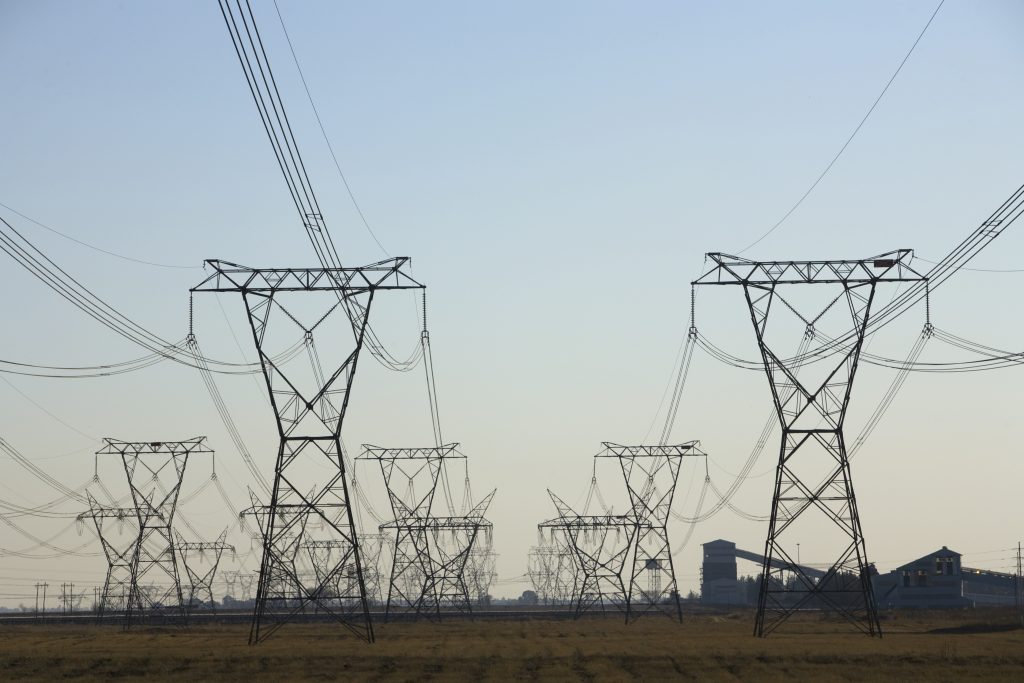- 56% growth in fuel demand in Sub-Saharan Africa expected by 2040
- $10 billion in potential savings by addressing identified inefficiencies across the supply corridors analysed
- $9 billion of investment required in pipeline infrastructure to meet current and future fuel demand across key sub-Saharan Africa supply corridors
- More than 750kt of annual GHG emissions could be saved from 2030 onwards through expansion of pipelines across key corridors
A CITAC report commissioned by Puma Energy, a leading downstream energy company operating largely in sub-Saharan Africa, has identified bottlenecks and constraints in the liquid fuel supply chain that are impacting energy security and impeding economic development throughout sub-Saharan Africa.
The report, titled “Fuelling Africa’s Potential: Bridging the Gap in Energy Infrastructure”, finds that African fuel supply chains today are fragmented and insufficient, leading to energy security challenges as well as inefficiencies that are driving costs higher for governments and consumers. The report forecasts that liquid fuels, predominately traditional fuels for transportation and power, will remain prevalent for the immediate future, while the share of lower carbon and clean energy continues to steadily grow.
“In recent years, we have witnessed the fuel security impact resulting from insufficient infrastructure in our markets – from ports, to storage, to pipelines. This has resulted in costly stock outs and shortages that have grounded planes and disrupted businesses and transport sectors,” said Fadi Mitri, Head of Africa for Puma Energy.
Africa has the fastest growing population in the world with the United Nations estimating the continent’s population reaching more than 2 billion people by 2040. Furthermore, growing rural populations are increasingly converging on cities in search of employment. The number of cities with populations exceeding 10 million is projected to increase to six by 2035, up from just three in the early 2000s according to the UNDP.
Population growth combined with rapid urbanisation in sub-Saharan Africa is leading to rising demand for energy, especially transportation fuels, which CITAC forecasts will grow by 56 percent by 2040. These demographic trends will strain an already fragile and underdeveloped energy distribution system and require the scale-up of key infrastructure, such as ports, storage and pipelines, to improve supply chain efficiencies of fuels such as gasoline, diesel, jet and kerosene fuel to meet growing demand and ensure energy security.
“In advanced economies, pipelines are the preferred mode of transport for moving large volumes of product inland. This is for reasons of reliability, security of supply, road traffic congestion and safety. Every day the US Colonial Pipeline alone moves more transport fuel than the whole of Sub-Saharan Africa consumes,” said CITAC.
Today, the current infrastructure in Sub-Saharan Africa is struggling to meet present day demand. The region’s already fragile system was further exacerbated by the Ukraine-Russia war in 2022, which disrupted the flow and availability of oil products. The report finds that there were jet and road fuel shortages in 19 countries in sub-Saharan Africa since 2022.
Vulnerability to supply chain disruptions can be partly attributed to the lack of coastal and strategic storage capacity – only six percent of storage facilities in Sub-Saharan Africa classify as “world scale” (i.e. capacity > 150,000m3). To help improve fuel security, an investment of $1.7 billion is required in the expansion of primary storage capacity by 2040 to handle increased import volumes.
Ports in the region are congested and average wait times extend beyond the global average of three days to as many as six days or more. This results in costly demurrage fees. As of May 2024, demurrage fees for an MR-sized vessel were around $40,000/day – a cost that is eventually passed down to the end consumer.
The report further maps out the bottlenecks to come in key supply corridors in the next five to ten years and explores potential investing opportunities in pipeline infrastructure that present economically viable options to debottlenecking an increasingly congested system.
Investment in port dredging, 24-hour berthing, high-capacity discharge pumps and dedicated marine loading arms, with automated equipment will give rise to faster discharge rates and annual demurrage savings of around $300 million across key Eastern and Southern African corridors. Inbound efficiency and debottlenecking across berth capacity and port infrastructure has the potential to deliver $5.3 billion in total savings.
Investment in more efficient truck loading and customs clearance to align with ‘best in Africa’ performance has the potential to cumulatively save $4.7 billion between 2024 and 2040. Combined with the inbound efficiency gains there is a potential $10 billion savings across the supply corridors analysed.
A collective investment in extending or building pipelines – mainly across Eastern and Southern African supply corridors — is estimated at $9 billion, and would help alleviate the region’s higher rates of traffic accidents, productivity losses, pollution and supply disruption. Furthermore, a total of 750kt of GHG emissions could be saved annually from 2030 onwards through the adoption of pipelines – removing as much as 95% of the trucks required to transport fuels in this part of the supply chain.
“The situation calls for increased international master-planning of infrastructure development to ensure Africa’s growing economies have security of supply critical to achieving their economic ambitions. The CITAC report highlights the potential for public-private partnerships to address the region’s energy challenges and to open up avenues for international trade and investment,” said Mitri.
“Energy sits at the core of economic growth and shortages directly impact people’s lives and economic development,” says CITAC. “The challenge going forwards will be to ensure that future members of Africa’s society are not subject to energy poverty but, rather, prosper.”
Download the full report: https://pumaenergy.com/wp-content/uploads/2024/05/Fuelling-Africas-Potential-CITAC-Puma-Energy-Report.pdf

